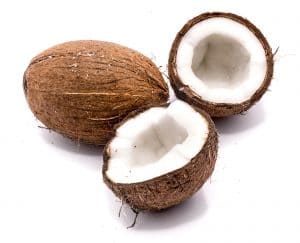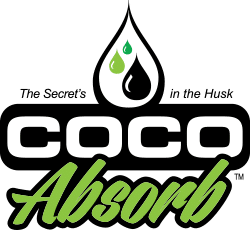For centuries people living in coconut growing regions have benefited from the many uses of the coconut tree. Not one  part of the tree goes unused the nuts, husks, flowers and palm leaves are all utilized to some degree. From medicinal and decorative to fashion and beauty, even disposable plates, the far-reaching uses have earned it the title: The Tree of Life.
part of the tree goes unused the nuts, husks, flowers and palm leaves are all utilized to some degree. From medicinal and decorative to fashion and beauty, even disposable plates, the far-reaching uses have earned it the title: The Tree of Life.
Coconut palms have been referred to as the three-generation tree, able to support a farmer, his children, and his grandchildren. The coconut is so durable that it can survive for months on the open sea, be dropped on land at high tide and germinate in the sand. Generally living to be 70-100 years old, each tree can produce somewhere between 75 – 200 coconuts per year, requiring no chemical fertilizers for growth!
Coco Products takes pride in developing innovative products from the very material that was once a problem of the coconut industry. When coconut husks are processed for the valuable fibers inside, the remaining dust-like material called coir pith is left over. This by-product of the extraction process was discovered to have great benefits in the horticultural industry for its natural aeration and water retention abilities. Before this discovery in the 1970s coir pith was often burned as there was no practical way to discard what they regarded as waste. Today coir is used in a wide variety of products, from soil amendments to oil absorbents.
We source our coir from growing regions worldwide, and we are committed to working closely with suppliers to bring our customers the highest quality consistent products available.
